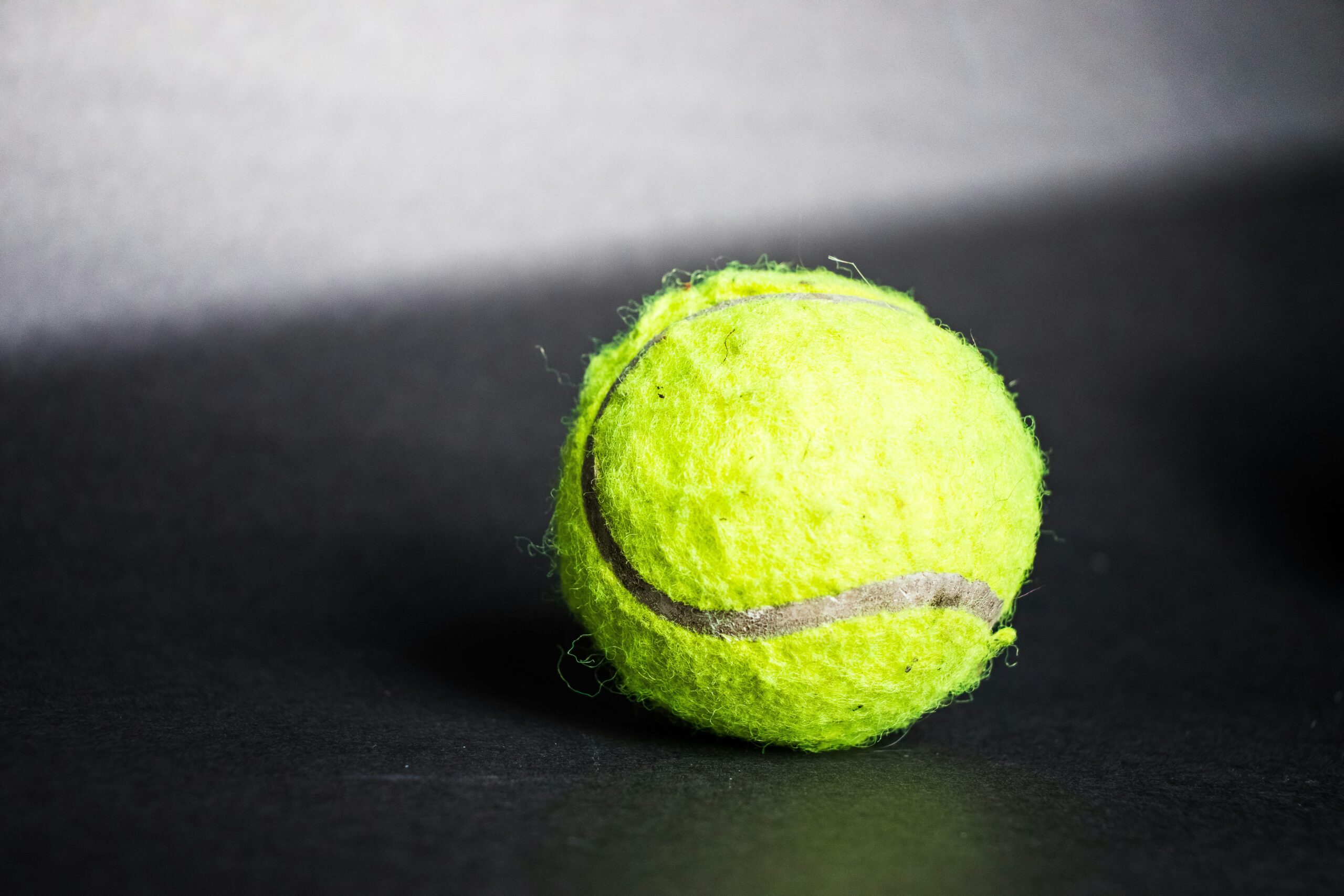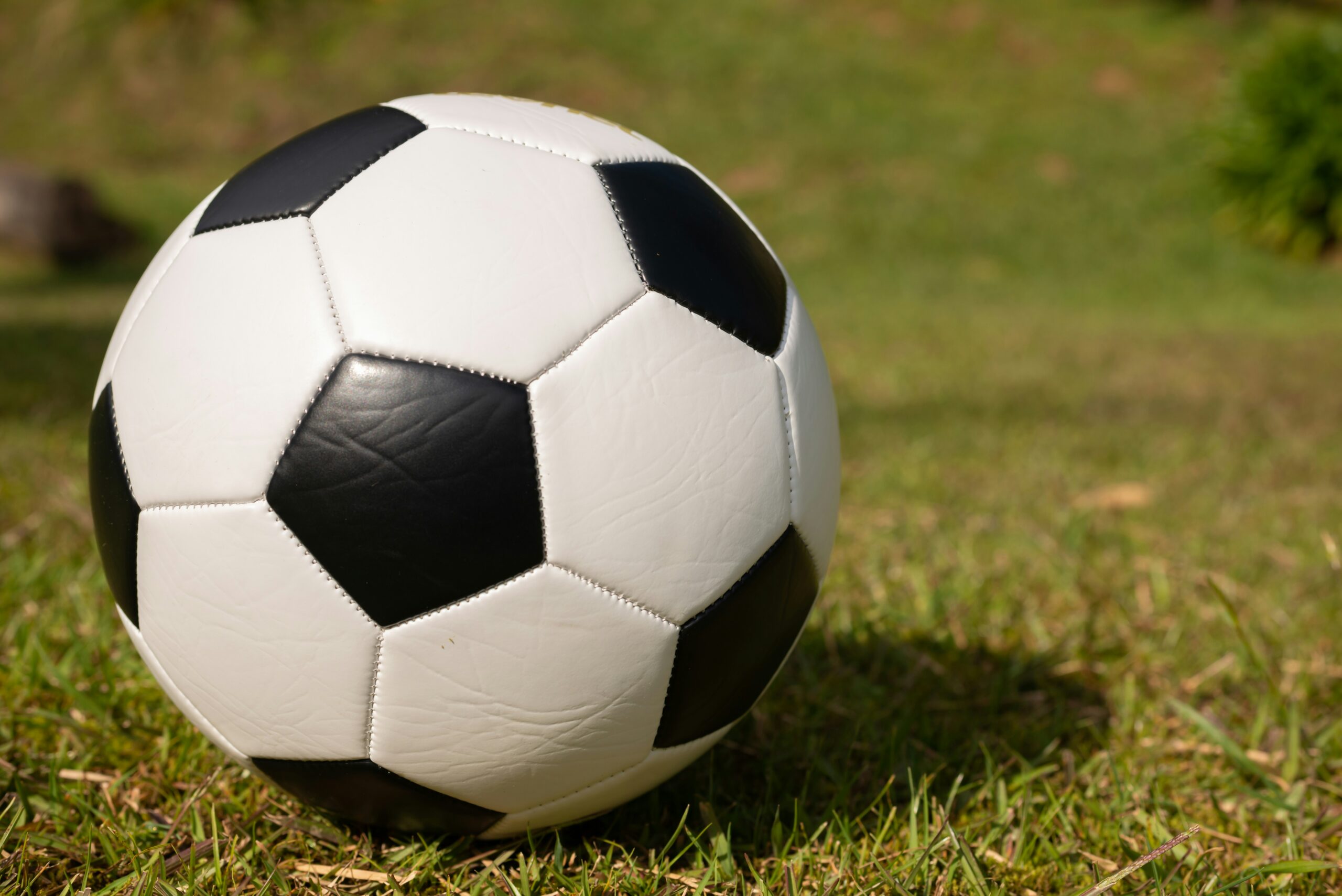Elevate Your Game with Mindfulness Techniques for Athletes
In the whirlwind of competition, where split-second decisions can make or break an athlete’s performance, a powerful tool often goes overlooked: mindfulness. I remember when I first stumbled upon this concept during a casual chat with a former Olympic athlete, who claimed that mindfulness was his secret weapon. “It’s not just about physical training,” he said with a hint of a grin. “It’s about what’s going on upstairs.” And he was right. As the sports world increasingly embraces the mental side of performance, let’s dive into how mindfulness techniques can elevate your game and perhaps even transform your approach to sports.
Understanding Mindfulness: More Than Just a Buzzword
First things first, what exactly is mindfulness? In simple terms, it’s the practice of being present and fully engaged in the moment—without judgment. Picture yourself at the free-throw line, the crowd buzzing around you. Instead of worrying about the pressure, mindfulness encourages you to focus solely on your breath, the feel of the ball in your hands, and the rhythm of your body. This state of awareness can be a game-changer.
But here’s the kicker: mindfulness isn’t just about finding Zen amidst chaos. It has practical applications that can boost an athlete’s performance. Research indicates that mindfulness can enhance concentration, reduce anxiety, and foster a greater sense of control. It’s like adding an extra layer of armor to your competitive toolkit. And who wouldn’t want that?
The Science Behind Mindfulness and Athletic Performance
One might wonder, “Does mindfulness really work?” Well, the science says yes, and it’s not just anecdotal evidence. Studies have shown that mindfulness practices can lead to measurable improvements in athletes’ performance. For instance, a study published in the “Journal of Sports Sciences” found that athletes who engaged in mindfulness training reported lower levels of stress and anxiety, along with enhanced focus and clarity during competitions.
Additionally, the “International Journal of Sports Psychology” highlighted that mindfulness can help athletes recover from setbacks more effectively. Imagine a tennis player who just lost a crucial match. Instead of spiraling into self-doubt, a mindful approach allows them to analyze what went wrong and channel that knowledge into future training. This resilience—this ability to bounce back—is crucial in sports.
Practical Mindfulness Techniques for Athletes
Now that we’ve established the why, let’s get to the how. Here are some practical mindfulness techniques that athletes can incorporate into their training regimes:
- Breath Awareness: Focus on your breathing. Inhale deeply, hold for a moment, and exhale slowly. This simple practice can calm nerves before a big event.
- Body Scan: Take a few moments to mentally scan your body, acknowledging any tension. Relax those areas consciously to enhance physical performance.
- Visualization: Picture yourself succeeding. Whether it’s crossing the finish line first or making a perfect shot, visualization primes your brain for success.
- Mindful Movement: Whether you’re running, swimming, or lifting weights, pay attention to the sensations in your body. Feel the ground beneath your feet or the weight in your hands—this can ground you and enhance your focus.
- Gratitude Reflection: After training or competition, take a moment to reflect on what you’re grateful for. This can shift your mindset and boost your overall happiness, which in turn improves performance.
It’s interesting to note that even elite athletes like NBA superstar LeBron James and Olympic swimmer Michael Phelps have publicly credited mindfulness for their success. They don’t just attribute their victories to rigorous training; they also emphasize the importance of mental preparation. If it works for them, why not give it a shot yourself?
Incorporating Mindfulness into Daily Training
Integrating mindfulness into your training doesn’t have to be complicated. Start small. Perhaps you dedicate the first five minutes of your training session to a breathing exercise, or maybe you take time post-workout to reflect on what you learned that day. I recall a friend who was a dedicated runner—he swore by using the time on the trail as his meditation. “Every step feels like a mantra,” he’d say. “It’s all about finding my rhythm.”
For team sports, mindfulness can foster better communication and cohesion among players. Imagine a soccer team that begins each practice with a few moments of silence to center themselves. This collective mindfulness can enhance focus and teamwork, leading to improved performance on the field. Plus, it can be a refreshing change from the usual pre-game banter.
Mindfulness in High-Pressure Situations
Let’s be real—pressure is part and parcel of sports. Whether it’s a championship game or the final moments of a match, the pressure can be overwhelming. Here, mindfulness can act as your secret weapon. When the stakes are high, athletes often experience a surge of anxiety. This is where the deep breathing and grounding techniques come into play.
Consider a basketball player at the free-throw line during a crucial moment. Instead of letting the noise of the crowd drown out their focus, they take a deep breath, visualize the ball going through the hoop, and remind themselves that they’ve practiced this thousands of times. This mental rehearsal, coupled with mindfulness, can help calm the storm inside.
Real-Life Examples: Athletes Who Embrace Mindfulness
It’s one thing to talk about mindfulness; it’s another to see it in action. One fascinating example is that of former NFL quarterback Russell Wilson. Known for his calm demeanor, Wilson credits mindfulness techniques for his ability to perform under pressure. He incorporates meditation into his daily routine, claiming it helps him stay focused and present during games. His story is a testament to the power of mental preparation, even in the high-octane world of professional football.
Then there’s tennis legend Novak Djokovic, who openly shares how mindfulness and meditation have transformed his game. In interviews, he has mentioned using mindfulness to manage the stress of competition, leading to remarkable success on the court. His journey underscores the importance of mental resilience in achieving greatness.
Mindfulness Beyond the Field
The beauty of mindfulness is that its benefits extend beyond sports. Athletes often find that these techniques enhance their overall quality of life. I remember chatting with a former basketball player who mentioned that practicing mindfulness helped him navigate life after retirement. “It was like a reset button,” he said. “I learned to deal with stress and anxiety in a healthier way.”
This is a common theme among athletes who embrace mindfulness—it equips them with tools to manage not just competition but life’s challenges. From handling relationships to managing career transitions, the skills learned through mindfulness can be invaluable.
Challenges in Practicing Mindfulness
Of course, like any new skill, mindfulness comes with its challenges. It’s easy to get distracted. I mean, who hasn’t found their mind wandering to dinner plans or that Netflix series they’ve been meaning to finish during meditation? It takes time and practice to develop the ability to stay present. But here’s the thing: even if your mind drifts, gently bring it back to the breath or the present moment without judgment. It’s all part of the journey.
Moreover, athletes might find it challenging to incorporate mindfulness into intense training regimens. The key is to start small and gradually build up. Perhaps set aside just a few minutes each day to practice mindfulness, and then expand it as it becomes more comfortable. Consistency is what will lead to progress.
Creating a Mindfulness Routine
For those eager to jump on the mindfulness bandwagon (and rightly so), creating a routine can be beneficial. Here’s a simple framework to get started:
- Set a Time: Choose a specific time each day to practice mindfulness. Early mornings or just before bed can work wonders.
- Find Your Space: Create a calming environment—maybe a quiet corner at home or a peaceful spot outdoors.
- Start Small: Begin with just five minutes of mindful breathing or meditation. As you become comfortable, gradually increase the duration.
- Stay Consistent: Consistency is key. Try to make mindfulness a non-negotiable part of your routine, just like your training sessions.
- Reflect: After each session, take a moment to reflect on how you felt. Did you notice any changes in your mindset or performance?
Incorporating mindfulness into your routine doesn’t have to be a chore; it can be a refreshing break from the grind. And who knows? You might even find it fun.
Conclusion: Elevate Your Game
As we conclude this exploration of mindfulness techniques, it’s clear that athletes stand to gain immensely from adopting these practices. Beyond improving performance, mindfulness fosters resilience, enhances focus, and promotes overall well-being. In the competitive landscape of sports, where every advantage counts, mindfulness is not just a trend; it’s a vital tool.
So, whether you’re a seasoned pro or just starting your athletic journey, why not give mindfulness a shot? It might just elevate your game in ways you never imagined. After all, as the great philosopher (and occasional couch potato) once said, “Life is what happens when you’re busy making other plans”—and mindfulness helps you savor every moment of that life, both on and off the field.




